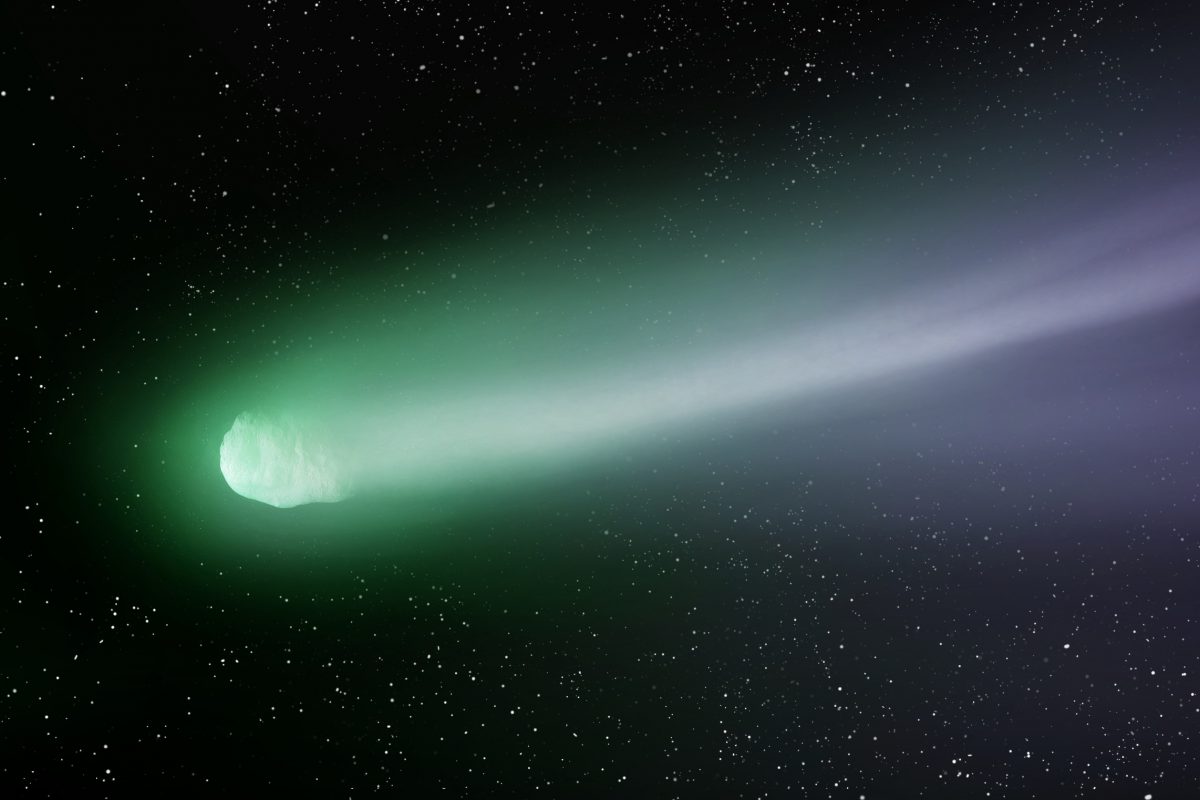
After an absence of almost 50,000 years, a rare bright comet is returning to the planet earth. It will be visible to everyone who enjoys stargazing because it will be at its closest on Wednesday and Thursday of next week.
How near to Earth will it be?- The unique comet will pass the globe at barely 27 miles away, or 2.5 light minutes, distance.
The comet was also visible last month, but because of its great distance from our planet, there was not much brightness
According to calculations, the green comet orbits the sun every 50,000 years, meaning the last time it smashed through our globe was around the time of the Neanderthals. It originates from the Oort cloud and receives its stunning green light from diatomic carbon, which is found in the comet’s head and consists of bonded pairs of carbon atoms. These chemicals emit green light when the comet is exposed to UV sun radiation.
The comet was also visible last month, but because of its great distance from our planet, there was not much brightness. Photographs taken by astronomers revealed the comet’s head, lengthy, more flimsy ion, and a dust tail. However, as it is set to approach the earth, the comet will be glowing more and can be seen from the naked eye.
The pole star, the brightest star in Ursa Minor, will be the target of its fly-by
In the northern hemisphere, comet C/2022 E3 can be viewed, and as night falls, it can be seen below and to the left of the Plough constellation handle. The pole star, the brightest star in Ursa Minor, will be the target of the comet’s fly-by next week. Although there is no specific timeframe for observing the lovely comet, it is most likely to be at its peak on February 1 and 2. Later, by the middle of the month, it will return to the Oort cloud and its brightness will once more become less intense.






